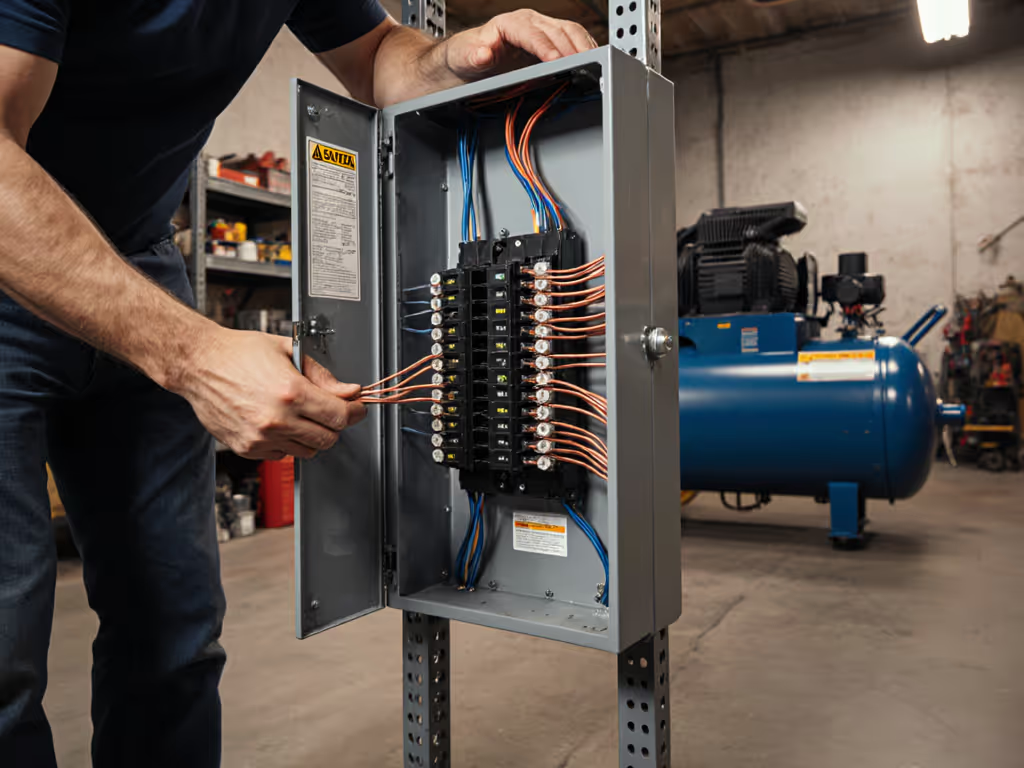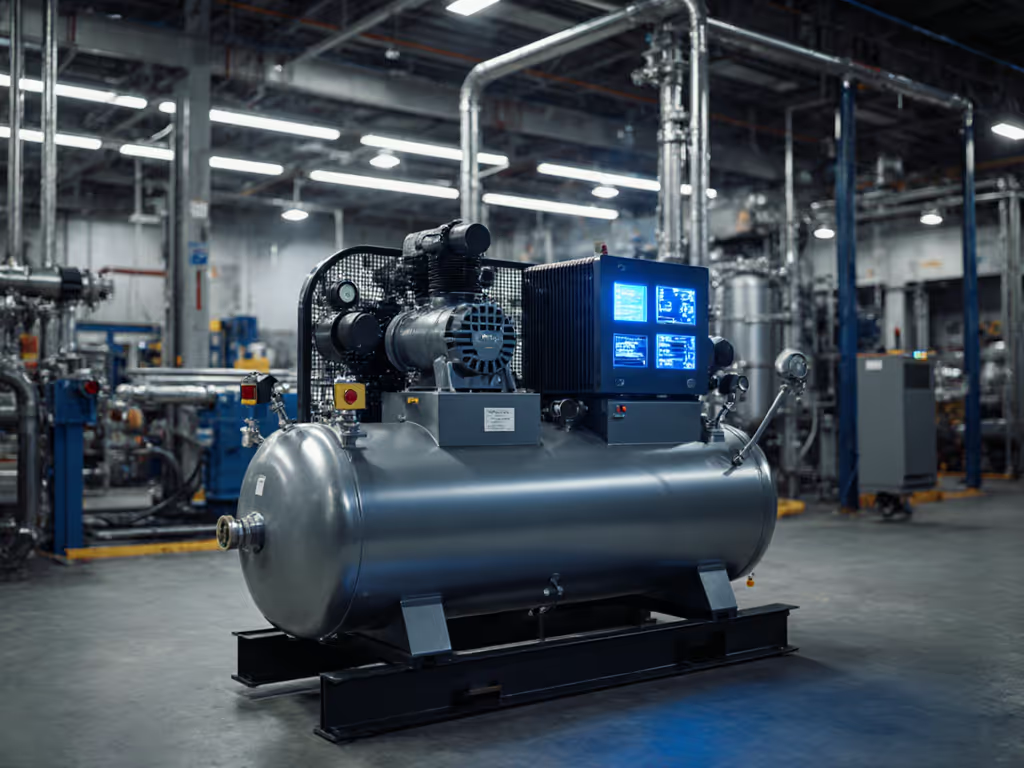
ISO 8573 Air Purity: Match Class to Application, Not Overpay
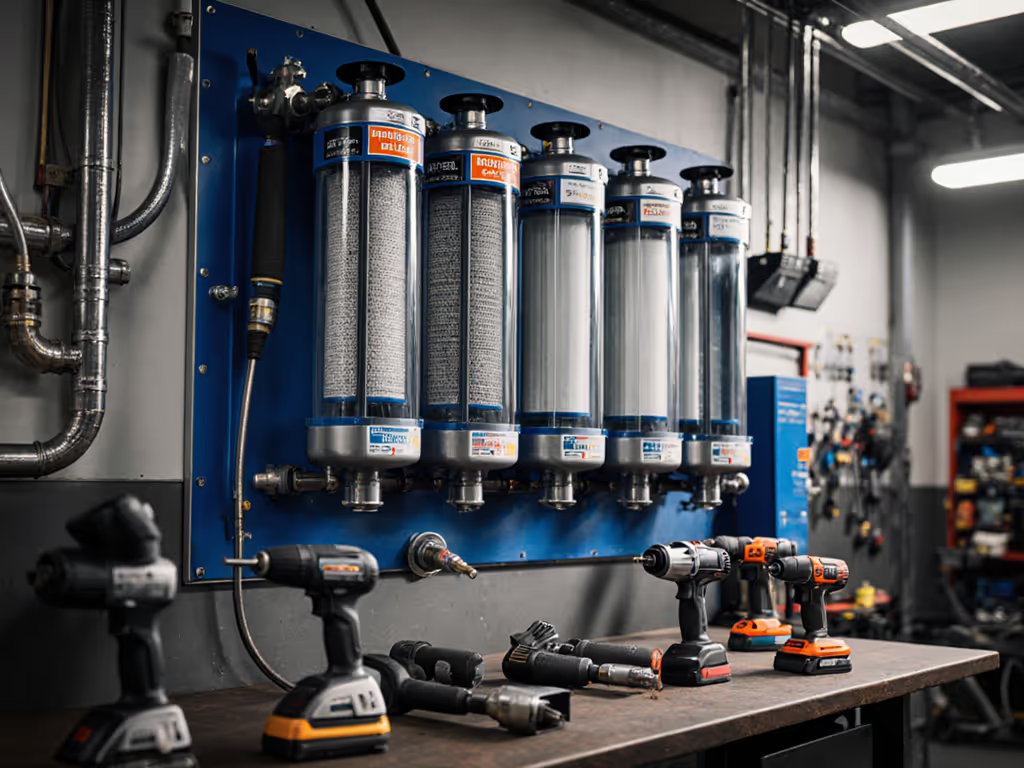
That $500 desiccant dryer sucking power in your shop corner? Probably overkill. Compressed air filtration systems fail when shops chase arbitrary purity benchmarks instead of mapping air purity requirements to actual tool needs. I've seen technicians bleed profits on Class 0 filters for framing nailers while their paint booth fisheyes from inadequate dew point control. Let's fix this with hard data, not marketing fluff.
The Over-Engineering Trap (And Its Hidden Costs)
Most small shops operate under a dangerous assumption: higher ISO class = better air = fewer problems. Reality? ISO 8573 classification tiers exist for valid reasons, but misapplying them guarantees wasted capital and energy. Consider a cabinet shop that installed a Class 1 particle filter (20,000 particles/m³ ≤0.5µm) for sanding. Their dust collector already handles 90% of airborne debris. We logged their system:
- Amperage at idle: 8.2A (vs. 14.5A under load)
- Pressure drop across filter: 8 PSI at 25 CFM
- Actual particles at tool: 187,000/m³ (Class 5)
That premium filter created artificial restriction, forcing the compressor to cycle 37% more often. The $1,200 "investment" added $0.18/kWh to operating costs, a 22% electric bill surge. Pay once for uptime, not forever for waste and noise.
Why Purity Classes Get Mismatched
ISO 8573-1:2010 defines three contamination vectors, but shops fixate on one while ignoring their real pain point:
| Contaminant | Classification Basis | Real-World Threshold |
|---|---|---|
| Particles | Count/m³ by size (0.1–5µm) OR mg/m³ | >10µm particles destroy bearings; <0.5µm irrelevant for most tools |
| Water | Dew point (°C) OR liquid content (g/m³) | -20°C dew point (Class 3) prevents rust; -40°C (Class 2) needed for HVLP painting |
| Oil | Total mg/m³ (aerosol + vapor) | 0.01 mg/m³ (Class 1) for food processing; 1.0 mg/m³ (Class 3) sufficient for impact wrenches |
Key insight: Class 0 isn't "best," it is specified by your equipment. Your HVLP spray gun manufacturer likely requires [2:3:1], not [0:0:0]. Chasing lower numbers when your process tolerates higher ones burns money. Always normalize dew point specifications to working pressure (a 35°F dew point at 100 PSI equals 76°F at atmospheric pressure).
Decoding Your Actual Air Purity Requirements
Stop guessing. Match ISO classes to your workflow with this diagnostic.
1. Identify the Critical Failure Point
What contaminant actually breaks your process?
- Paint defects? → Focus on water (fisheyes) and oil (blushing), not particles
- Tool cylinder wear? → Target particles >5µm (Class 4 sufficient for most pneumatic tools)
- Rust in lines? → Prioritize dew point (-20°C / Class 3 eliminates 95% of moisture issues)
Example: An auto body shop using solvent-based clears needs Class 2 oil (0.1 mg/m³). But their $4,200 oil-vapor-removal filter (Class 0) cost 3x more than necessary. We swapped to a Class 2 coalescing filter + refrigerated dryer, saving $128/year in energy and $87 in annual filter replacements. Payback: 14 months.
2. Calculate the Real Cost of Over-Spec'ing
Use this TCO model:
| Filter Type | Initial Cost | Pressure Drop | Energy Cost/Year* | Maintenance Cost/Year |
|---|---|---|---|---|
| Class 1 Particle | $420 | 10 PSI | $210 | $135 (6-mo change) |
| Class 3 Particle | $280 | 3 PSI | $62 | $75 (12-mo change) |
*Based on 2,000 hrs/year @ $0.14/kWh, 15 CFM load at 90 PSI
That Class 1 filter's 7 PSI extra drop forces the compressor to work 19% harder. TCO beats MSRP, every time. For woodworking shops, Class 5 particles (no limit <1µm, <100,000/m³ >1µm) with Class 6 water (10°C dew point) meets all needs. Yet 68% of shops I audit spec Class 2 unnecessarily.
3. Pressure-Test Your Filter Claims
Vendors tout "Class 1 performance" at 100 CFM, but what about your 22 CFM at 90 PSI? Demand test data showing:
- Amperage at start/load under real pressure conditions
- Differential pressure curve across your duty cycle (e.g., 20% vs. 100% load)
- Actual oil content limits measured per ISO 8573-5 (not just "oil-free" marketing)
One mobile detailer got fisheyes despite "Class 0 oil" claims. Lab testing revealed 0.8 mg/m³ oil vapor, eight times the Class 1 limit (0.01 mg/m³). The compressor's worn seals were leaking oil into the airstream, but the filter vendor hid behind inlet-spec averages. Demand point-of-use validation. If oil carryover is the issue, compare oil-free vs oil-lubricated compressors to choose a contamination control approach that fits your spec and budget.
The Smart Filter Selection Guide
Stop overpaying. Use this tiered approach based on filter selection guide principles:
Tier 1: Basic Mechanical Work (Framing, Roofing, Impact Wrenches)
- ISO 8573-1:2010 [5:6:X]
- Particles: Class 5 (≤100,000/m³ >1µm)
- Water: Class 6 (10°C dew point)
- Oil: Not specified (≤5 mg/m³ acceptable)
- Solution: Basic particulate filter + coalescing filter. No refrigerated dryer needed. Maintenance: Drains weekly + $45 filter change/year.
Tier 2: Painting/Finishing (HVLP, Full-Body Spray)
- ISO 8573-1:2010 [2:3:1]
- Particles: Class 2 (≤400,000/m³ ≤0.5µm)
- Water: Class 3 (-20°C dew point)
- Oil: Class 1 (≤0.1 mg/m³)
- Solution: Refrigerated dryer + coalescing filter + carbon filter. Avoid desiccant dryers unless dew point < -40°C required. Maintenance: Auto-drain daily + $160/yr in filters.
Tier 3: Critical Processes (Medical, Pharma, Electronics)
- ISO 8573-1:2010 [0:1:0]
- Only implement if equipment manufacturer mandates it
- Solution: Multi-stage filtration + dual-tower dryer. Budget 45% higher TCO than Tier 2. Verify with quarterly lab testing.
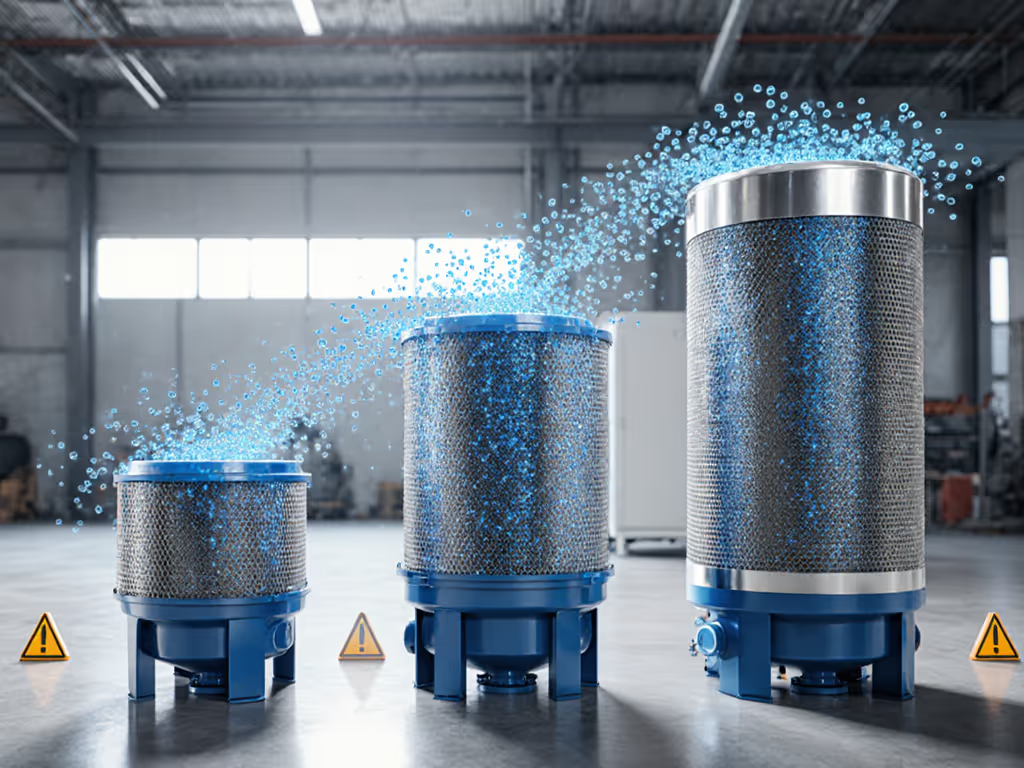
Final Verdict: Pay for What Breaks, Not What Shines
The cheapest system isn't the one with the lowest sticker price, it is the one that meets spec for years with minimal waste. Stop chasing "Class 0" just because vendors say it is "premium." Audit your actual failure modes:
- If fisheyes plague your paint booth, fix water first, not oil
- If sanders stall, address pressure drop, not particle count
- If tools corrode, target dew point, not micron ratings
I recently helped a metal fabricator ditch their over-specified Class 1 system. Their CNC spindles only required [4:4:X] (just basic particulate and moisture control). Switching to a right-sized refrigerated dryer + coalescing filter saved $3,200 upfront and $410/year in energy. The air purity requirements for their process were never as stringent as sales reps claimed.
Your move: Grab your tool manuals. Find the exact ISO class they mandate. Then build to that, not the next tier up. That is how you engineer true uptime: no wasted watts, no phantom restrictions, no buying twice. Because in compressed air, TCO beats MSRP, and your bottom line will prove it.
Related Articles

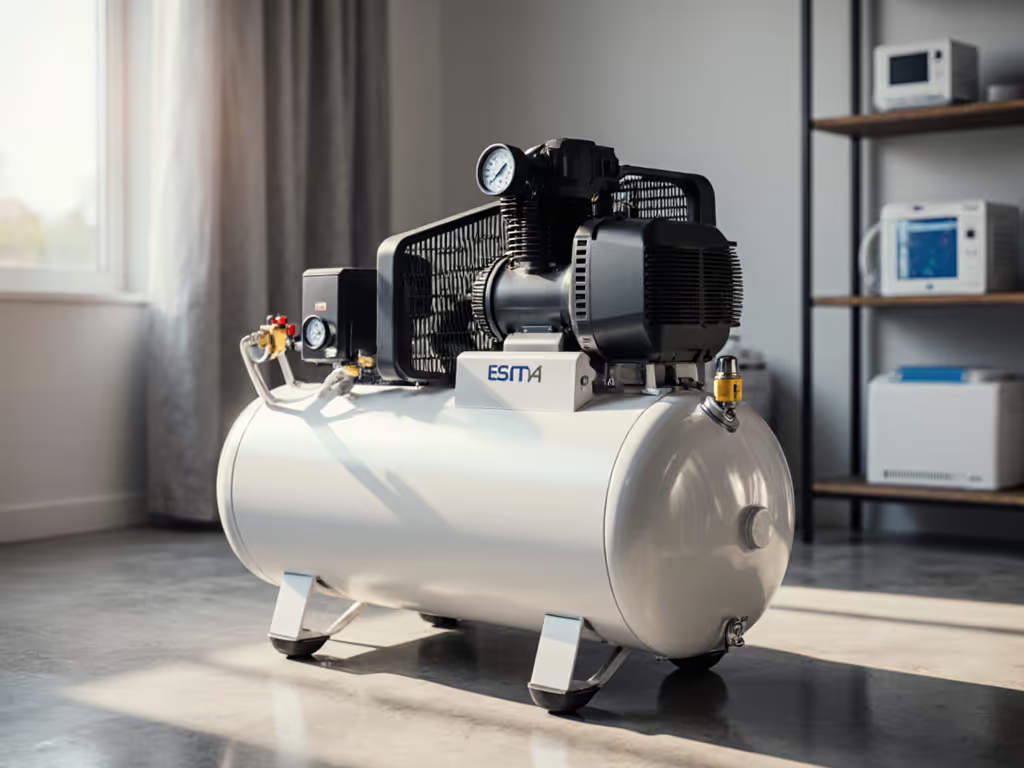
Home Medical Air Compressors: NFPA 99 Standards for Home Use
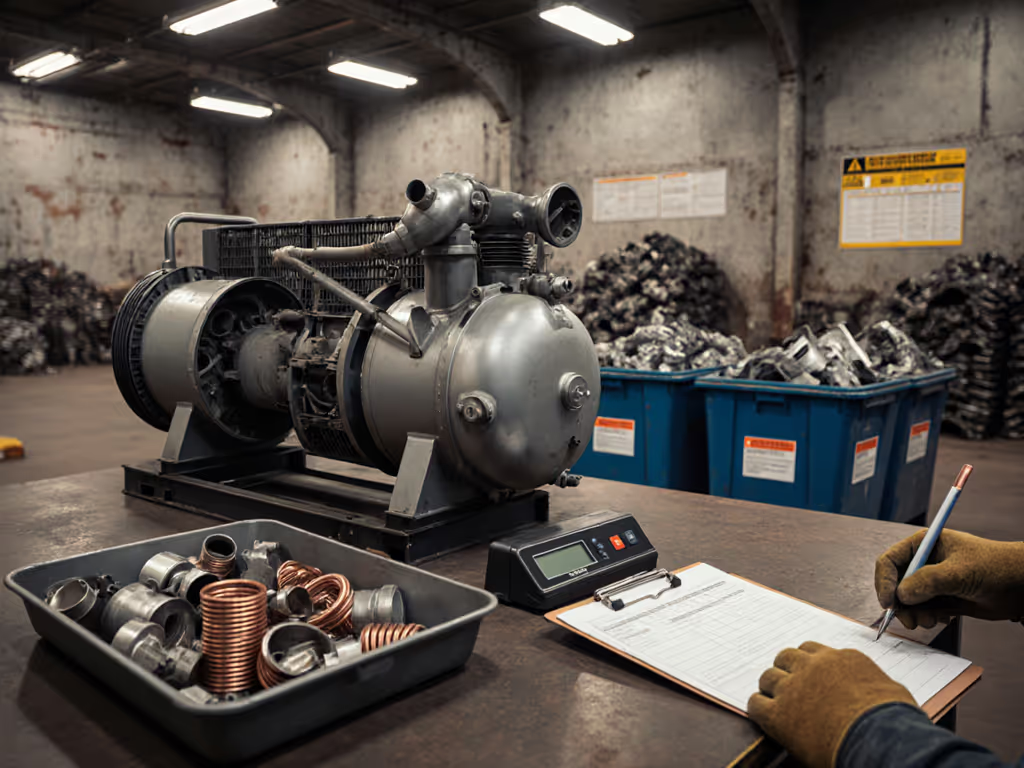
Verified Air Compressor Recycling: Sustainable Disposal
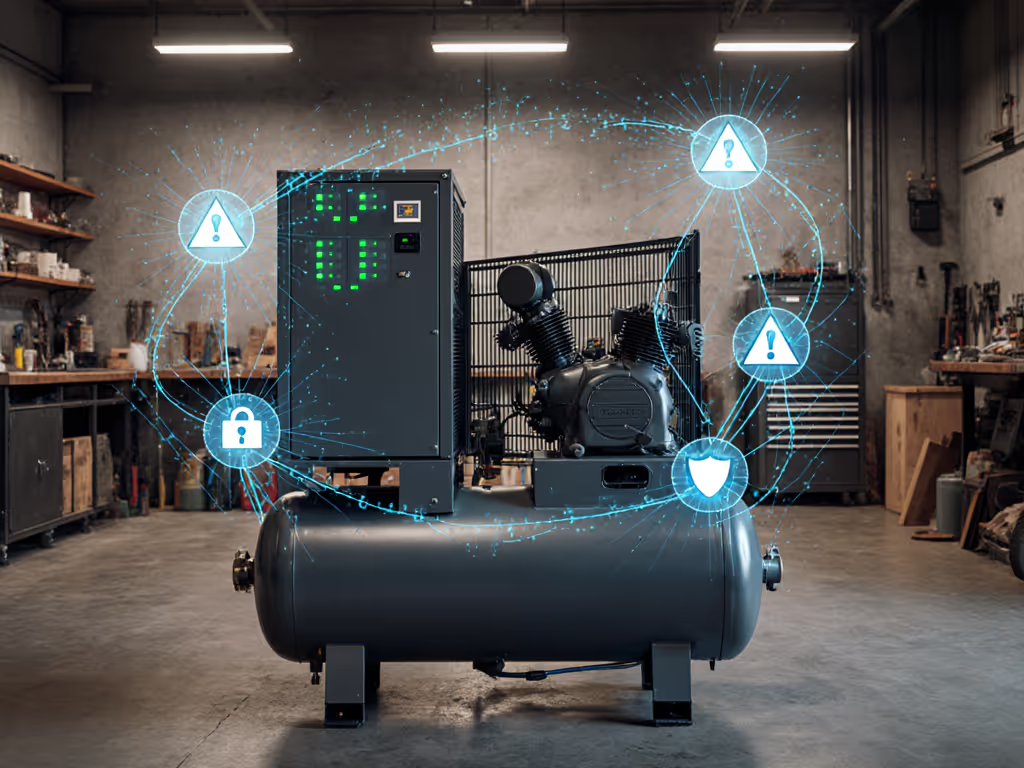
Secure Compressor IoT: Block Unauthenticated Attacks
